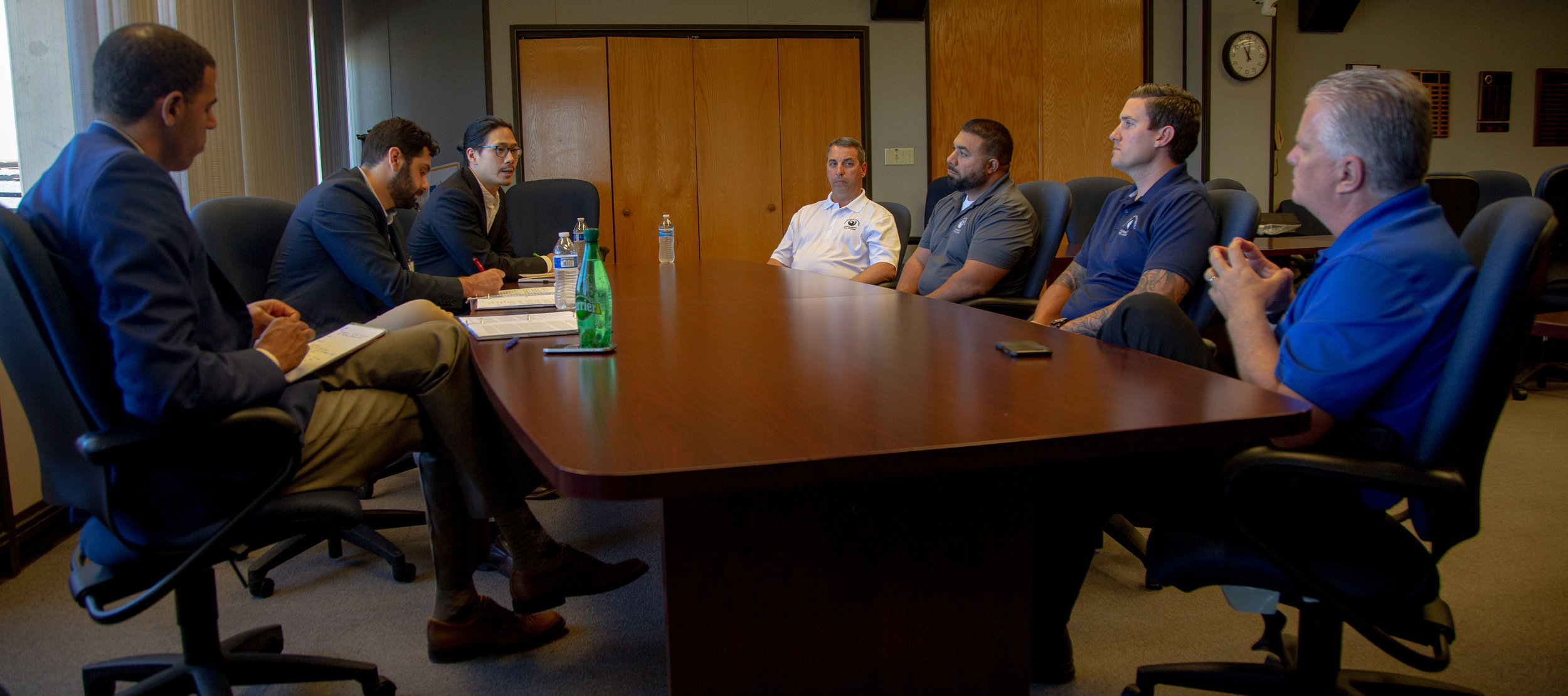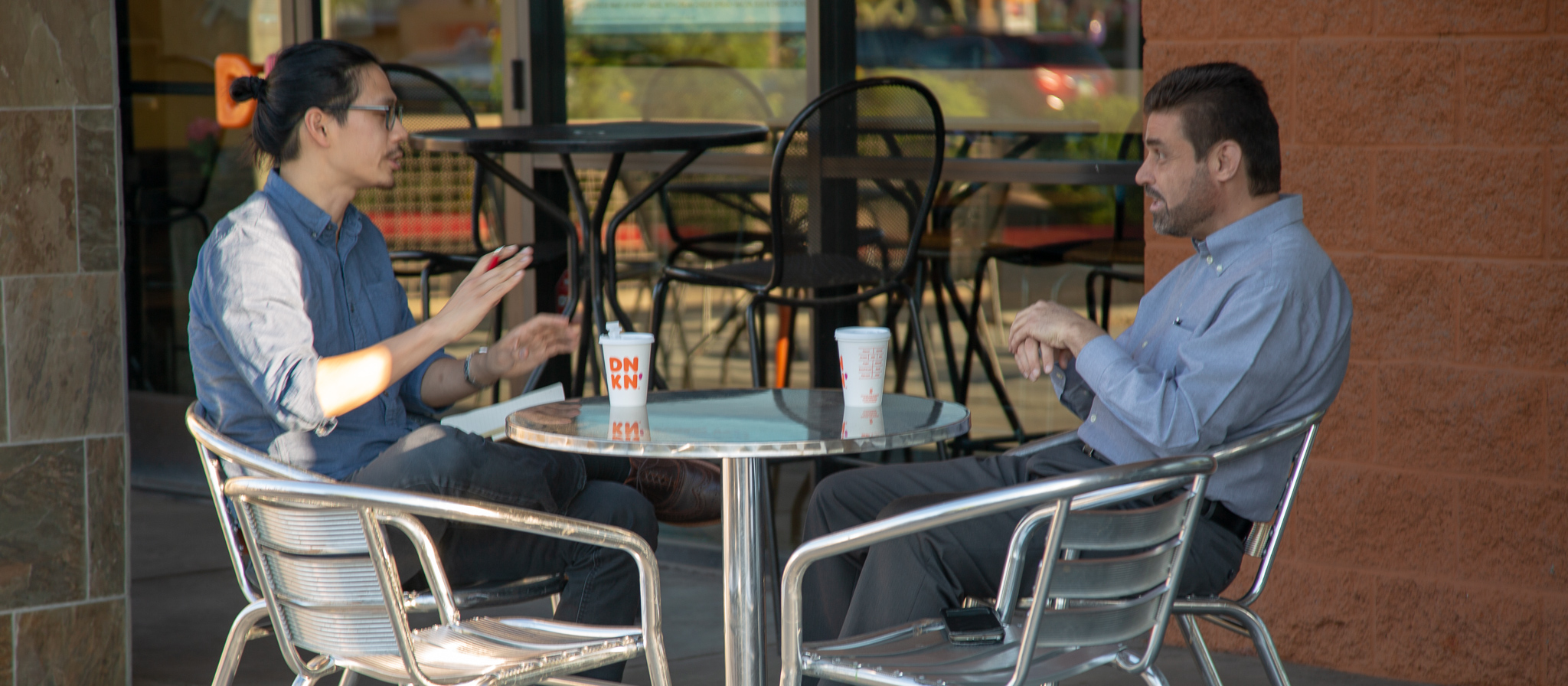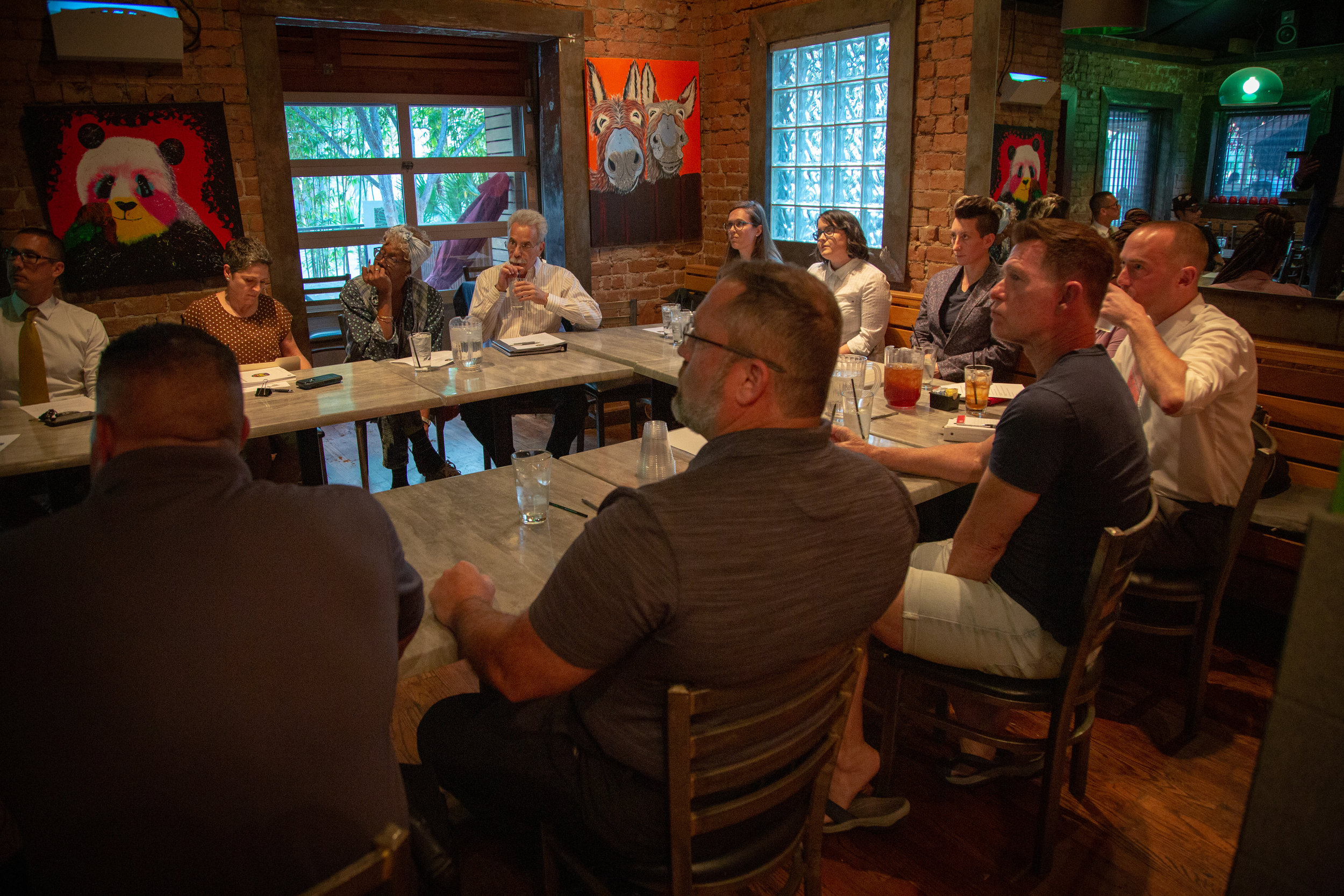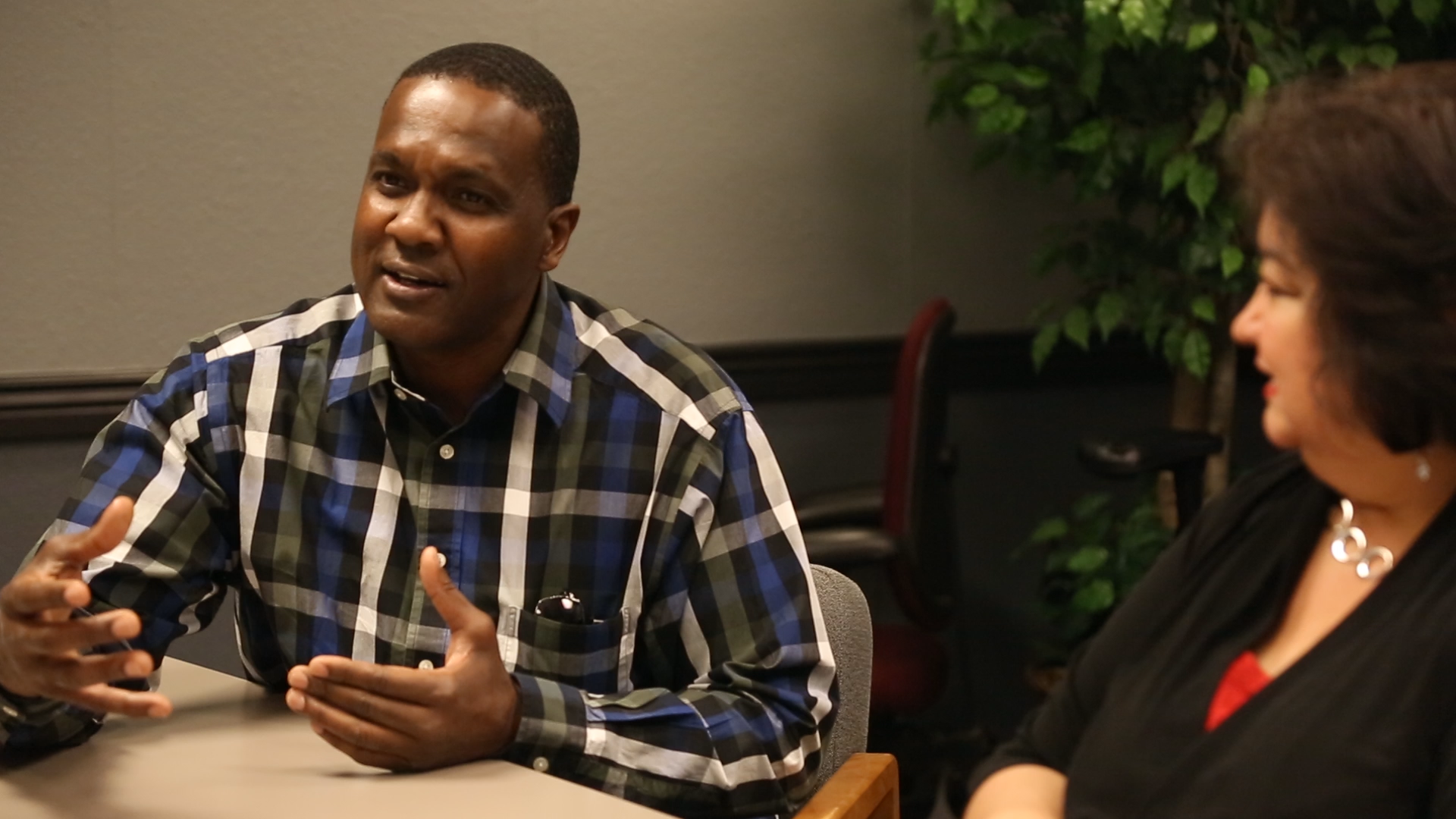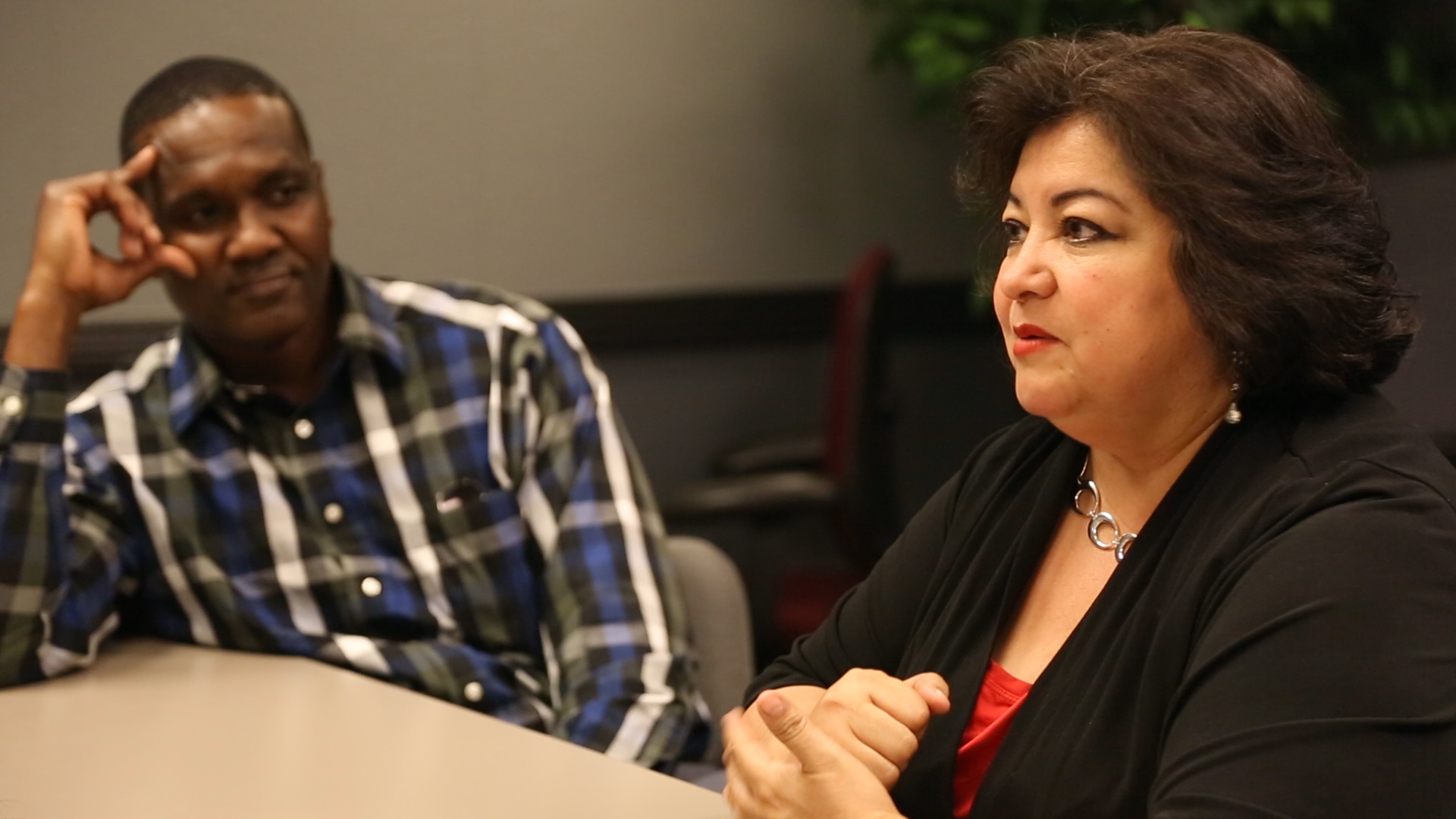As part of our ongoing national study to better understand police-community engagement efforts, the Policing Project is partnering with attorneys from Latham and Watkins, who are generously giving their time, to learn more about community advisory boards (CABs). We have been conducting site visits to cities throughout the country.
We recently visited Phoenix, Arizona, where the Police Chief’s Advisory Boards have been a longstanding feature of the Phoenix Police Department’s (PPD) efforts to build trust between the police and community members. The Boards provide police an opportunity to listen to the expressed concerns and priorities of the board members, and the board members themselves are tasked with serving as “conduits” to relay information from the police back to their communities.
The Phoenix CABs have existed in some iteration since their unofficial beginning in 1967 when they were formed to improve the relationships between the police and Phoenix’s African-American and Hispanic communities. Under current Chief Jeri Williams, there are 12 active CABs, each with its own chair and co-chair. The boards are organized by affinity or identity group, and the current boards represent the African American, Arab, Asian, Cross-Disability, Faith Based, Hispanic, Jewish, LGBTQ, Muslim, Native American, Refugee, and Sikh communities.
CAB selection and participation in Phoenix
The Phoenix Police Department selects the members of the advisory boards, looking for individuals who exemplify leadership skills, are active and engaged in their communities, and have the ability to remain committed to the board. Police-selected membership can been seen as a red flag by some reform advocates who believe departments will only select community members who will rubber-stamp anything presented by the police. However, numerous board members insisted that they viewed their role as providing a check on the Phoenix police. They also said that the carefully curated membership helps to enable productive conversations.
Each of the Chief’s Advisory Boards meets quarterly, with police department liaisons there to present information on upcoming events or new initiatives. PPD liaisons help to arrange the logistics of these meetings, which takes some of the participation burden off of the Board Chairs. The Boards also are beginning to conduct their own presentations that PPD can learn from. In our visit, we observed the LGBTQ Advisory Board presenting information on mental health counseling for victims of sexual assault.
The Boards advise the police chief on a variety of issues, and Chief Williams has convened the Boards following major events or critical incidents, helping members to better understand the incident by explaining PPD’s implicit bias training or showing them PPD footage to gain a closer perspective. The Boards also meet in an annual summit with PPD leadership.
Lessons and follow up questions from Phoenix
Our visit to Phoenix raised a number of important questions on the role of advisory boards that we will continue to explore throughout the study. How can advisory boards most effectively relay information to broader communities? To what degree does organizing these boards into discrete groups by identity foster cohesion? And while the police-selected membership may help foster productive conversations, what message might that invitation style send to those who are excluded?
In the coming months, the Policing Project will continue its work with Latham and Watkins to learn more about community advisory boards across the country. Stay tuned to our blog for updates.



